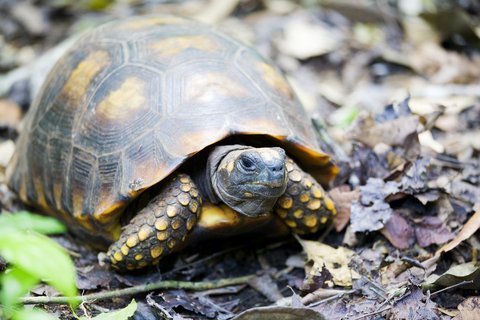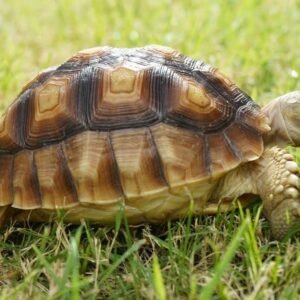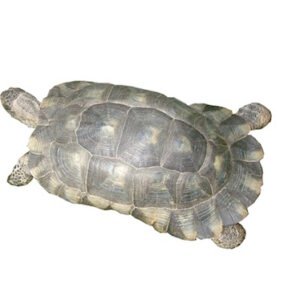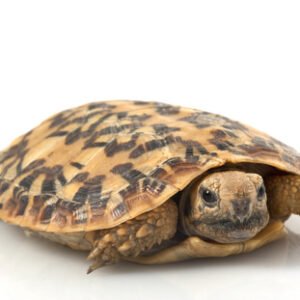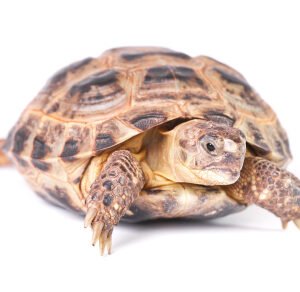Understanding the Yellow-Footed Tortoise: Habitat and Behavior
The yellow-footed tortoise, identifiable by its distinctive yellow markings on the legs and head, is a native species found primarily in the humid rainforests and lowland regions of South America, particularly in countries like Brazil and Colombia. This tortoise thrives in environments with abundant vegetation, where it can access varied food sources, including fruits, leaves, and flowers. In its natural habitat, the tortoise enjoys a warm climate, which plays a crucial role in its thermoregulation and overall health.
In terms of behavior, the yellow-footed tortoise exhibits a variety of interesting traits that prospective pet owners should be aware of. Generally, these tortoises are considered active, particularly during the day when they spend time foraging for food. They prefer a semi-aquatic environment, often basking near water sources; thus, proper habitat design in captivity should mimic these natural conditions. Their activity levels can vary significantly depending on factors such as temperature, humidity, and availability of food, with warmer temperatures usually promoting increased activity.
Socially, yellow-footed tortoises tend to be somewhat solitary creatures, but they can cohabitate peacefully under the right circumstances. As an owner, understanding their temperament is essential; while they can display curious behaviors, they may also exhibit signs of stress in crowded or noisy environments. Maintaining a stable and peaceful living environment is vital for their well-being. When it comes to dietary requirements, a balanced diet that reflects their natural habits is crucial. This includes a mix of leafy greens, fruits, and occasionally, protein sources to replicate their diverse eating habits in the wild.
In summary, recognizing the natural habitat and behavioral patterns of the yellow-footed tortoise is instrumental for potential owners in creating a suitable environment that meets both the physical and psychological needs of this unique reptile.
Essential Care Tips for Your Yellow-Footed Tortoise
Caring for a yellow-footed tortoise requires a thorough understanding of their specific needs to promote optimal health and well-being. First and foremost, the habitat setup is critical. These tortoises thrive in a spacious terrarium, ideally measuring at least 4 feet by 2 feet for adults. The substrate should be a mixture of organic soil and coconut coir, which helps maintain humidity levels crucial for their survival. It is recommended to use a heating lamp on one side of the terrarium to create a temperature gradient, allowing the tortoise to regulate its body temperature. The basking area should reach approximately 95°F while the cooler side should remain around 75°F. Maintaining humidity levels between 60% and 80% is equally important, as it supports proper shedding and overall hydration. Regular misting or utilizing a humidity gauge can help achieve this.
Feeding your yellow-footed tortoise a balanced diet is vital for their long-term health. A proper diet consists primarily of leafy greens, such as collard greens, dandelion greens, and romaine lettuce. It is important to incorporate a variety of vegetables and occasional fruits as treats, while avoiding high-protein foods that can lead to shell deformities. Additionally, providing calcium and vitamin D3 supplements is essential to prevent metabolic bone disease. Always ensure that fresh water is available, as hydration is crucial for their digestive health.
Routine health checks should become a staple in your care regimen. Look for signs of respiratory distress, lethargy, or irregular shell growth, which may indicate underlying health concerns. Regularly handling your tortoise, with gentle and supportive techniques, fosters trust and socialization, enhancing the bond between you and your pet. In addition, consistent exposure to natural sunlight or UVB lighting significantly contributes to their well-being, mirroring their natural habitat. By following these essential care tips, you can ensure a long and fulfilling life for your yellow-footed tortoise.

